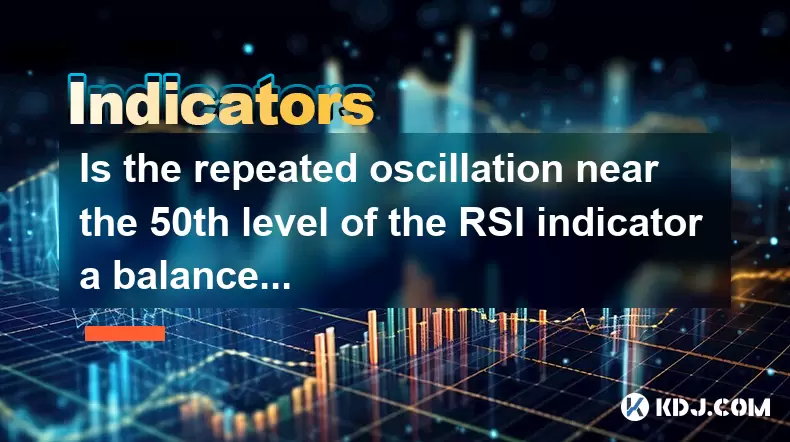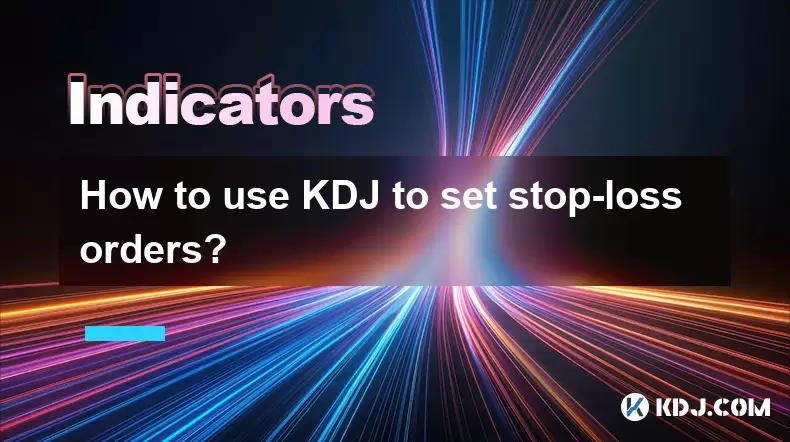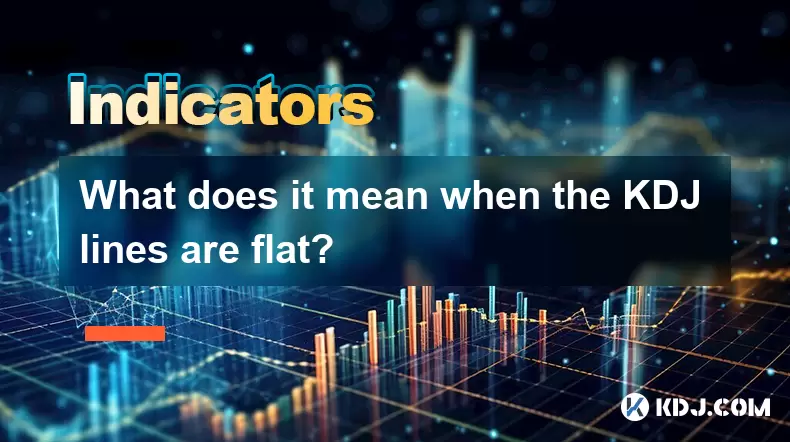-
 Bitcoin
Bitcoin $114700
-3.36% -
 Ethereum
Ethereum $3619
-6.51% -
 XRP
XRP $2.926
-7.66% -
 Tether USDt
Tether USDt $0.9998
-0.02% -
 BNB
BNB $768.6
-4.90% -
 Solana
Solana $168.2
-7.52% -
 USDC
USDC $0.9999
0.00% -
 Dogecoin
Dogecoin $0.2045
-9.02% -
 TRON
TRON $0.3243
-0.27% -
 Cardano
Cardano $0.7208
-8.45% -
 Hyperliquid
Hyperliquid $39.74
-9.17% -
 Stellar
Stellar $0.3882
-8.79% -
 Sui
Sui $3.481
-11.93% -
 Chainlink
Chainlink $16.52
-9.04% -
 Bitcoin Cash
Bitcoin Cash $556.7
-4.79% -
 Hedera
Hedera $0.2444
-11.40% -
 Avalanche
Avalanche $21.96
-8.51% -
 Ethena USDe
Ethena USDe $1.001
-0.02% -
 UNUS SED LEO
UNUS SED LEO $8.950
0.15% -
 Toncoin
Toncoin $3.425
-2.33% -
 Litecoin
Litecoin $104.4
-5.94% -
 Shiba Inu
Shiba Inu $0.00001212
-7.49% -
 Polkadot
Polkadot $3.630
-6.98% -
 Uniswap
Uniswap $9.165
-10.12% -
 Monero
Monero $306.8
-3.10% -
 Dai
Dai $0.9999
-0.01% -
 Bitget Token
Bitget Token $4.360
-3.43% -
 Pepe
Pepe $0.00001049
-9.59% -
 Cronos
Cronos $0.1352
-8.67% -
 Aave
Aave $256.5
-8.03%
Is the repeated oscillation near the 50th level of the RSI indicator a balance between long and short positions or a direction brewing?
When RSI repeatedly oscillates near 50, it signals market indecision—watch for volume, price structure, and confirmation from MACD or Bollinger Bands to anticipate breakouts.
Jul 30, 2025 at 05:49 pm

Understanding the RSI Indicator and Its 50-Level Significance
The Relative Strength Index (RSI) is a momentum oscillator that measures the speed and change of price movements on a scale from 0 to 100. Traders widely use it to identify overbought or oversold conditions in the market. The 50 level on the RSI is particularly significant because it acts as a neutral zone, separating bullish momentum (above 50) from bearish momentum (below 50). When the RSI oscillates repeatedly around this level, it suggests indecision in the market. This repeated crossing may reflect a tug-of-war between buyers and sellers, with neither side gaining decisive control. In cryptocurrency markets, where volatility is high and sentiment shifts rapidly, such behavior can be especially common during consolidation phases.
What Repeated Oscillation Near 50 Indicates in Market Psychology
Repeated movement around the 50 level of the RSI often reflects a psychological standoff between long and short positions. When the RSI hovers near 50, it implies that recent gains and losses are nearly balanced over the measured period, typically 14 candles. This equilibrium suggests that traders are uncertain about the next directional move. In crypto markets, which are heavily influenced by news, whale activity, and macroeconomic factors, this hesitation can stem from conflicting signals. For instance, positive developments in blockchain adoption may attract buyers, while regulatory concerns may trigger selling pressure. The result is a sideways price action accompanied by RSI oscillations around 50. This pattern is not inherently bullish or bearish but highlights a period of market equilibrium.
Identifying Whether Balance or Breakout is Forming
To determine whether the repeated RSI oscillation near 50 represents a stable balance or a potential breakout, traders must analyze additional technical factors. One effective method is to observe price structure on the chart. If the price is forming higher lows and lower highs within a tight range, the market may be consolidating before a breakout. In this case, the RSI behavior supports a brewing directional move. Conversely, if the price range continues to narrow with decreasing volume, the balance may persist. Key signs that a breakout is approaching include:
- Narrowing Bollinger Bands, indicating reduced volatility
- Decreasing trading volume, suggesting accumulation or distribution
- Multiple rejections at support and resistance levels, showing repeated testing
- Divergence between price and RSI, such as price making lower lows while RSI makes higher lows
These signals, when combined with RSI hovering near 50, can indicate that a breakout is imminent, even if the direction remains unclear.
How to Trade the RSI 50-Level Oscillation: A Step-by-Step Guide
Traders can develop a strategy to navigate markets where the RSI repeatedly crosses the 50 level. The goal is to avoid premature entries while positioning for a confirmed move. Follow these steps to set up a reliable approach:
- Apply the RSI indicator to your chart using a 14-period setting, which is the default and most widely used.
- Overlay horizontal lines at the 50 level to visually track crossings.
- Use a moving average, such as the 50-period or 200-period EMA, to identify the broader trend. If price is above the moving average, favor long setups; if below, consider short opportunities.
- Wait for a breakout candle that closes decisively above or below the recent consolidation range.
- Confirm the breakout with volume spikes or momentum indicators like MACD crossing its signal line.
- Enter the trade on the close of the breakout candle or the open of the next candle.
- Place a stop-loss just outside the consolidation zone to manage risk.
- Set a take-profit target based on the height of the consolidation pattern (measured move) or key Fibonacci extension levels.
This method avoids chasing false signals and capitalizes on confirmed momentum shifts after a period of balance.
Using Additional Indicators to Confirm RSI Signals
Relying solely on RSI can lead to misleading interpretations, especially in choppy crypto markets. Combining it with other tools increases accuracy. Consider integrating the following:
- Volume Profile: High volume nodes near the current price suggest strong interest, which may act as support or resistance. If volume builds near the 50 RSI zone, it could indicate accumulation.
- MACD (Moving Average Convergence Divergence): Watch for MACD line crossovers above or below the signal line. A bullish crossover while RSI is near 50 may precede an upward move.
- Ichimoku Cloud: If price is near the cloud and RSI hovers around 50, the cloud’s position (whether price is above, below, or within) adds context. A breakout above the cloud with RSI rising past 50 strengthens bullish bias.
- Fibonacci Retracement Levels: If price retraces to a key level like 50% or 61.8% and RSI oscillates near 50, it may signal a pause before continuation.
Using these tools in conjunction with RSI provides a multidimensional view of market conditions, helping distinguish between prolonged balance and impending direction.
Frequently Asked Questions
What does it mean when RSI stays between 45 and 55 for several days?
When the RSI remains confined between 45 and 55, it indicates a lack of strong momentum in either direction. This range suggests that buying and selling pressures are nearly equal. In cryptocurrencies, this often occurs during low-volatility periods or before major news events. It’s a sign to monitor for expansion rather than act immediately.
Can RSI 50 be used as a dynamic support or resistance level?
While the 50 level is not a traditional price support or resistance, it can act as a psychological threshold for momentum. Traders often watch whether RSI sustains above or below 50 to gauge bias. A consistent hold above 50 may indicate underlying strength, even if price is flat.
Is RSI more reliable on higher timeframes when analyzing the 50 level?
Yes, RSI signals on higher timeframes like the 4-hour or daily charts tend to be more reliable due to reduced noise. On lower timeframes (e.g., 5-minute), RSI can whipsaw frequently around 50, generating false signals. For meaningful insights, align RSI analysis with 1-hour or higher intervals.
How does Bitcoin dominance affect RSI behavior in altcoins?
When Bitcoin dominance rises, capital often flows out of altcoins, leading to sideways or downward pressure. This can cause altcoin RSI values to oscillate near 50 even during downtrends, as selling pressure balances with weak buying. Monitoring dominance helps contextualize RSI readings across the crypto market.
Disclaimer:info@kdj.com
The information provided is not trading advice. kdj.com does not assume any responsibility for any investments made based on the information provided in this article. Cryptocurrencies are highly volatile and it is highly recommended that you invest with caution after thorough research!
If you believe that the content used on this website infringes your copyright, please contact us immediately (info@kdj.com) and we will delete it promptly.
- Australia vs Lions: Unleashing Betting Offers and Free Bets for the Thrilling Finale
- 2025-08-01 16:30:11
- Bitcoin, Satoshi, and the Echoes of Ancient Wisdom in DeFi
- 2025-08-01 16:50:12
- ONDO Tokens: Could They Mint the Next Crypto Millionaires?
- 2025-08-01 16:30:11
- Satoshi, Meme Coins, and Substance: A New Era?
- 2025-08-01 16:50:12
- Decoding the Roar: Australia, the Lions, and the Betting Odds
- 2025-08-01 16:55:48
- Bitcoin Price Plummets Amid Trump Tariffs: A Market Sell-Off Deep Dive
- 2025-08-01 16:55:48
Related knowledge

How do I secure my private key?
Aug 01,2025 at 05:14pm
Understanding the Importance of Private Key SecurityYour private key is the most critical component of your cryptocurrency ownership. It is a cryptogr...

How does the KDJ indicator apply to decentralized finance (DeFi) tokens?
Aug 01,2025 at 04:43pm
Understanding the KDJ Indicator in Technical AnalysisThe KDJ indicator is a momentum oscillator derived from the Stochastic Oscillator, widely used in...

What is the difference in KDJ signal interpretation between a trending and a ranging market?
Aug 01,2025 at 03:56pm
Understanding the KDJ Indicator in Cryptocurrency TradingThe KDJ indicator is a momentum oscillator widely used in cryptocurrency trading to identify ...

Does the KDJ indicator work well for low-liquidity crypto assets?
Aug 01,2025 at 02:01pm
Understanding the KDJ Indicator in Cryptocurrency TradingThe KDJ indicator is a momentum oscillator derived from the Stochastic Oscillator, widely use...

How to use KDJ to set stop-loss orders?
Aug 01,2025 at 04:28pm
Understanding the KDJ Indicator in Cryptocurrency TradingThe KDJ indicator is a momentum oscillator widely used in technical analysis within the crypt...

What does it mean when the KDJ lines are flat?
Aug 01,2025 at 03:22pm
Understanding the KDJ Indicator in Cryptocurrency TradingThe KDJ indicator is a momentum oscillator widely used in cryptocurrency technical analysis t...

How do I secure my private key?
Aug 01,2025 at 05:14pm
Understanding the Importance of Private Key SecurityYour private key is the most critical component of your cryptocurrency ownership. It is a cryptogr...

How does the KDJ indicator apply to decentralized finance (DeFi) tokens?
Aug 01,2025 at 04:43pm
Understanding the KDJ Indicator in Technical AnalysisThe KDJ indicator is a momentum oscillator derived from the Stochastic Oscillator, widely used in...

What is the difference in KDJ signal interpretation between a trending and a ranging market?
Aug 01,2025 at 03:56pm
Understanding the KDJ Indicator in Cryptocurrency TradingThe KDJ indicator is a momentum oscillator widely used in cryptocurrency trading to identify ...

Does the KDJ indicator work well for low-liquidity crypto assets?
Aug 01,2025 at 02:01pm
Understanding the KDJ Indicator in Cryptocurrency TradingThe KDJ indicator is a momentum oscillator derived from the Stochastic Oscillator, widely use...

How to use KDJ to set stop-loss orders?
Aug 01,2025 at 04:28pm
Understanding the KDJ Indicator in Cryptocurrency TradingThe KDJ indicator is a momentum oscillator widely used in technical analysis within the crypt...

What does it mean when the KDJ lines are flat?
Aug 01,2025 at 03:22pm
Understanding the KDJ Indicator in Cryptocurrency TradingThe KDJ indicator is a momentum oscillator widely used in cryptocurrency technical analysis t...
See all articles

























































































